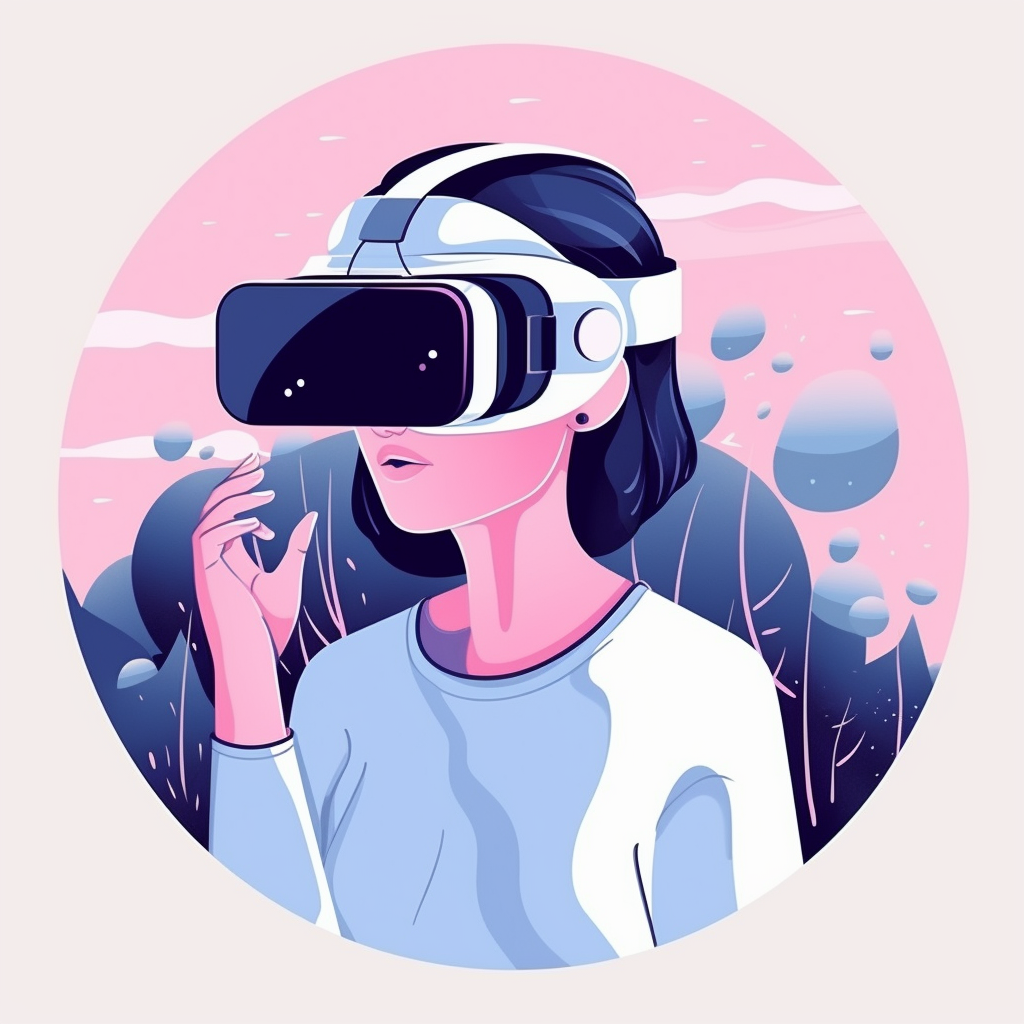
Unveiling Apple VisionOS: Transforming the Future of Software Development
Introduction: In the realm of technology and innovation, Apple has consistently pushed boundaries and redefined user experiences. With their recent announcement of VisionOS, Apple is once again capturing the world’s attention. This groundbreaking operating system represents a major leap forward, aiming to revolutionize software development and reshape the way we interact with digital environments. In this article, we delve into the intricacies of Apple’s VisionOS, exploring its features, potential applications, and the exciting possibilities it holds for developers and end-users alike.
- An Immersive User Experience: VisionOS introduces a truly immersive user experience, seamlessly blending the physical and digital worlds. Leveraging augmented reality (AR) and virtual reality (VR) technologies, VisionOS allows users to interact with digital content in ways never seen before. From virtual workspaces to immersive gaming environments, the possibilities for developers are endless.
- Intuitive Gestural Interactions: One of the key highlights of VisionOS is its intuitive gestural interactions. Users can navigate and manipulate digital objects using natural hand movements and gestures. This opens up new avenues for software developers to create interactive applications, where users can interact with virtual content as if it were part of their physical surroundings.
- Enhanced Privacy and Security: Privacy and security have always been paramount for Apple, and VisionOS continues this commitment. With advanced encryption algorithms and enhanced privacy features, developers can build applications with heightened data protection. Users can have peace of mind knowing that their personal information remains secure within the VisionOS ecosystem.
- Seamless Device Integration: Apple’s ecosystem is renowned for its seamless device integration, and VisionOS takes this to the next level. Developers can leverage VisionOS to create applications that seamlessly interact with other Apple devices, such as iPhones, iPads, and Apple Watches. This integration allows for a cohesive user experience across multiple devices, enhancing convenience and productivity.
- Embracing Machine Learning and AI: VisionOS harnesses the power of machine learning and artificial intelligence (AI) to enable intelligent interactions. Developers can leverage VisionOS to create applications that adapt to user behavior, learn preferences, and provide personalized experiences. From smart assistants to predictive analytics, the integration of AI opens up endless possibilities for developers to create innovative solutions.
- Empowering Developers with ARKit: With the integration of ARKit, Apple’s powerful augmented reality framework, VisionOS empowers developers to create immersive AR experiences. From interactive educational apps to engaging marketing campaigns, developers can leverage ARKit to bring their ideas to life and captivate users with innovative AR content.
Conclusion: Apple’s VisionOS marks a significant milestone in the evolution of software development. With its immersive experiences, intuitive interactions, enhanced privacy, and seamless device integration, VisionOS presents a new frontier for developers to push the boundaries of creativity and innovation. As developers explore the vast possibilities of VisionOS, we can anticipate a wave of groundbreaking applications that will transform how we interact with technology. The future is exciting, and Apple’s VisionOS is leading the way towards a new era of software development and user experiences.
